Description
Tomato Old German
Tomato Old German. A very large Beefsteak variety producing fruits up to 2lb with a warm yellow when ripe and blush of red near the stem end. Fruits have a fantastic melt-in-your-mouth texture borne on vigorous large plants that will need firm staking. Best under glass in cooler climes. Indeterminate.
Cultivation Advice
- Choose well-draining, loamy soil with a slightly acidic to neutral pH (6.0-7.0).
- Enrich the soil with organic matter such as compost or well-rotted manure before planting.
- Start Old German tomato seeds indoors 6-8 weeks before the last expected frost.
- Transplant seedlings into the garden after the danger of frost has passed, providing proper spacing (18-24 inches apart).
- Ensure that the tomato plants receive full sunlight, at least 6-8 hours per day, for optimal growth and fruit development.
- Maintain consistent soil moisture throughout the growing season. Avoid fluctuations between drought and excessive watering.
- Apply a layer of organic mulch around the base of the plants to retain soil moisture, suppress weeds, and regulate soil temperature.
- Provide sturdy support for the tomato plants, especially indeterminate varieties like Old German, to prevent sprawling and breakage.
- Use a balanced, all-purpose fertilizer at planting and periodically throughout the growing season.
- Avoid excessive nitrogen, which can lead to lush foliage at the expense of fruit production.
- Prune indeterminate varieties by removing suckers and lower foliage to improve air circulation and focus energy on fruit production.
- Regularly inspect for common tomato pests such as aphids, hornworms, or whiteflies.
- Employ natural predators or use organic pest control methods to address any infestations.
- Water at the base of the plant to minimize the risk of fungal diseases.
- Mulching can help prevent soil-borne diseases by reducing soil splashing onto the foliage.
- Harvest Old German tomatoes when they reach their full, mature color. This variety typically has a bi-color appearance with yellow and red hues.
- Plant tomatoes alongside compatible companion plants like basil, marigolds, or nasturtiums to enhance growth and deter pests.
- Old German tomatoes can be grown in containers, making them suitable for patios or balconies. Ensure containers have proper drainage.
- Determine whether Old German is a determinate or indeterminate variety. Indeterminate varieties may require additional support and pruning.
- Wait until the soil has warmed up before transplanting seedlings to ensure optimal growth.
- Old German tomatoes prefer warm temperatures. Plant them when the soil has warmed up, and protect young plants from late spring frosts.
- Ensure good soil aeration by incorporating perlite or vermiculite into the soil mix for improved root health.
- Check if Old German tomatoes have any specific disease resistance. Utilize disease-resistant varieties when available.
- Pinch off the first set of flowers when transplanting to encourage the plant to put more energy into vegetative growth before setting fruit.
- Maintain a consistent watering schedule, especially during the critical periods of flowering and fruit development.
- Implement effective trellising methods to support the weight of the vines and fruits. This is particularly important for indeterminate varieties.
- In regions with heavy rainfall, consider providing overhead protection to prevent fruits from splitting due to excessive water uptake.
- Explore alternative mulching materials such as straw or shredded leaves to suit the specific needs of your garden.
- Consider using organic soil amendments like well-rotted manure to enrich the soil with nutrients gradually.
- Continue pruning throughout the season to maintain an open canopy, allowing sunlight and air to reach the lower parts of the plant.
- Harvest tomatoes by gently twisting them off the vine to avoid damaging the plant.
- Monitor soil temperature, especially during early spring planting, and wait until it reaches the optimal range for tomato growth.
- Plant Old German tomatoes alongside other disease-resistant companion plants to create a more resilient garden ecosystem.
- Set up rain barrels for collecting rainwater to use for watering your tomato plants. Rainwater is often preferred over tap water.
- Research and note any specific tips or recommendations for Old German tomatoes, as different varieties may have unique characteristics.

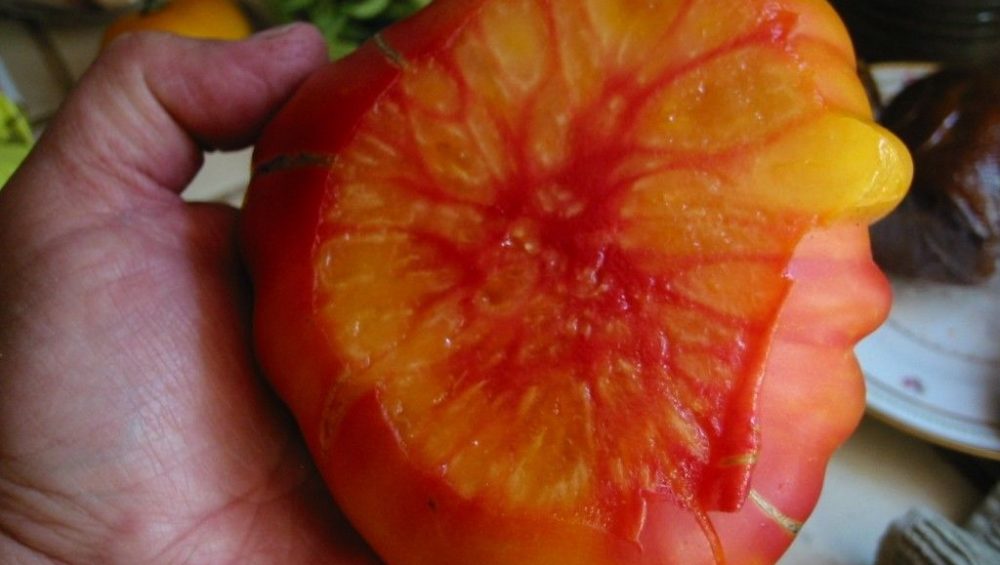
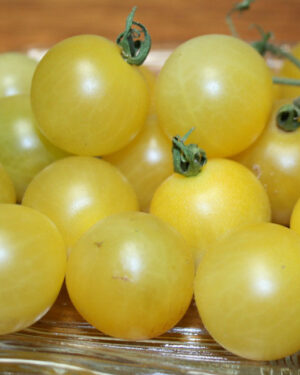
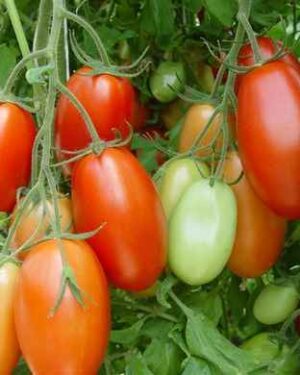
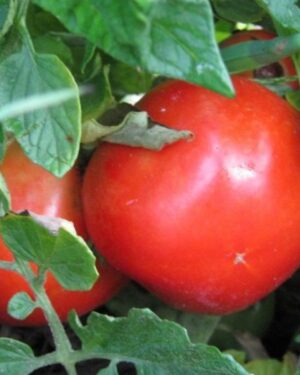
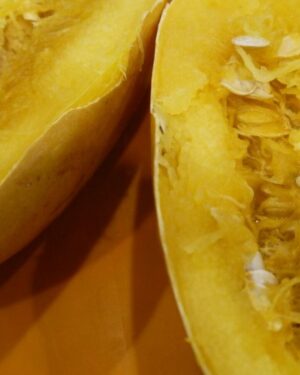
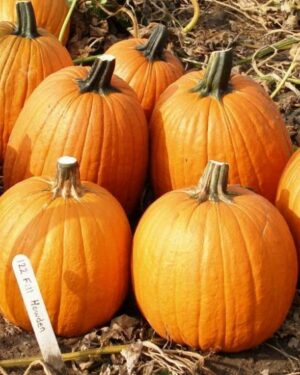
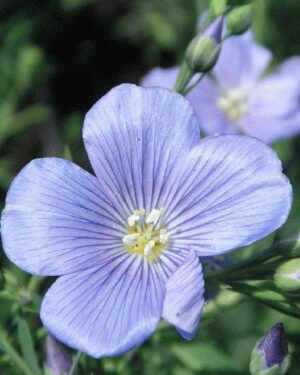
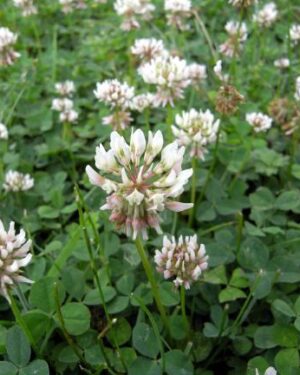
Reviews
There are no reviews yet.